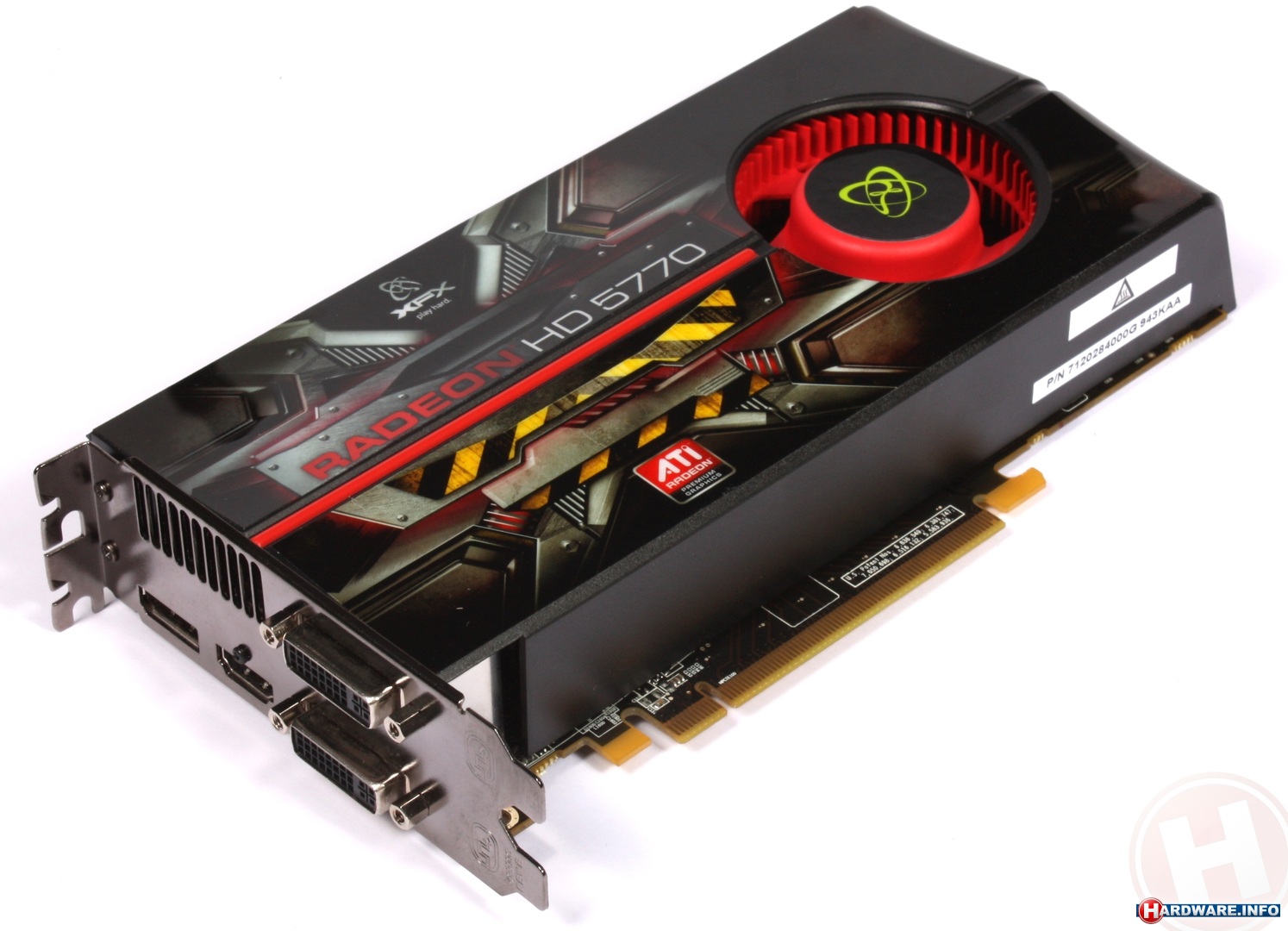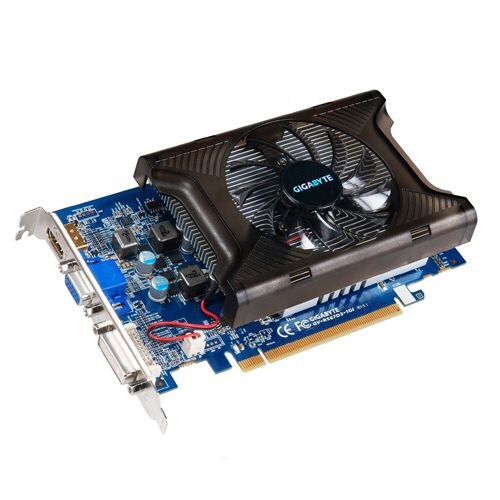

- #CROSSFIREX DUAL ATI RADEON HD 4870 1024MB 1080P#
- #CROSSFIREX DUAL ATI RADEON HD 4870 1024MB SERIES#
#CROSSFIREX DUAL ATI RADEON HD 4870 1024MB SERIES#
The series also features an HDMI connection so you can pipe both video and audio through one connection on the video card.


With onboard HDCP you’ll be able to view all your HDCP protected content on HDCP supported displays.
#CROSSFIREX DUAL ATI RADEON HD 4870 1024MB 1080P#
The HD 4800 series can upscale content past 1080p resolution so it can even enhance DVD picture quality on big displays. When converting video, you can get almost double the speed of real time for high definition video conversion. Codecs supported include VC-1, H.264, and MPEG-2. Unified Video Decoder 2 helps process video and alleviates the CPU from doing the work thereby offering smooth video playback. Video support has always been a big part of the Radeon series of cards and the 4800 set is no exception. In some cases, you can turn up to 8X AA with a minor performance hit over 4X AA. The AMD 4800 series increases the speed at which this can be achieved. Theoretically, you will get three times the sample rate with the advanced filtering methods. Various filters are used to help improve the image as the AMD hardware detects edges and applies them in those areas. Up to four GPUs can be linked together if your motherboard and power supply supports it.To help improve the quality of graphics in games, offers the basic anti-aliasing modes as well as their Edge Detection technology as well. We’ll be looking at Crossfire performance in a future article but recent reports state that you can get performance close to or surpassing NVIDIA’s single configurations of the GeForce GTX 260 and GeForce GTX 280 at a lower price point. As with previous cards, CrossfireX technology is also in play allowing for multiple cards to be linked together for improved performance. Compared to the ATI Radeon HD 3870, that’s more than double what the previous generation’s card is capable of.ĭirectX 10.1 is supported of courses so you’ll be ready for the latest games on a Vista operating system. The name comes from the fact that there’s at least a processing rate of one teraflop or more. TeraScale is what they call their new graphics engine. The faster ram will help compete with the bandwidth of a 512-bit memory bus in the NVIDIA cards. What the 4870 lacks in width makes up for with speed though with the GDDR5 ram. While the new NVIDIA card is using a 512-bit memory bus, the 4800s use a 256-bit memory bus. The 4850s use the lower rated GDDR3 and it helps keep the costs of the video card lower using the lesser performing memory. There aren’t any other video cards using GDDR5 out there currently so the 4870 series of cards is the first out of the gate with it onboard. GDDR5 isn’t just about speed as there are new error correction mechanisms to help increase accuracy in calculations. Data rates on GDDR5 can be up to 5X that of GDDR3 and 4X that of GDDR4. 965 million transistors, 800 stream processors, 40 texture units, and 16 render back-ends are just some of the processing power the R770 features. Deficiencies in the R600 line were studied, redesigned, improved upon, and incorporated in the R770. Efficiency was one of the key goals and the engineering team worked really hard to make sure this was achieved with the R770. The GPU codenamed R770 has been in the works for over two and a half years. AMD is able launch these cards at a very affordable price partially due to this. As you know, smaller die equals less power needed and heat generated as well as decreasing the cost of producing the cards. Until recently with NVIDIA’s 9800 GTX+ launch, the ATI Radeon HD 4800 series were the only video cards to do this. For starters the cards are built on a 55nm fabrication process. First let’s look at what makes the 4800 series tick.


 0 kommentar(er)
0 kommentar(er)
